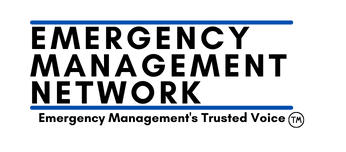Threat and hazard identification and risk assessment (THIRA) is a systematic process for identifying and evaluating potential threats and hazards to an organization. It involves identifying potential risks, assessing their likelihood and potential impact, and developing strategies to mitigate or eliminate those risks. THIRA is an important part of risk management, as it helps organizations proactively identify and address potential risks before they occur.
There are several steps involved in conducting a THIRA:
- Define the scope: The first step in conducting a THIRA is to define the scope of the assessment. This includes identifying the boundaries of the assessment, such as the geographical area, the types of threats and hazards to be considered, and the timeframe.
- Identify threats and hazards: The next step is to identify the potential threats and hazards that could affect the organization. This includes both internal and external threats and hazards. Internal threats and hazards may include things like equipment failure or employee accidents, while external threats and hazards may include natural disasters, cyber-attacks, or terrorism.
- Assess likelihood and impact: Once the potential threats and hazards have been identified, the next step is to assess their likelihood and potential impact. This involves considering factors such as the likelihood of the threat or hazard occurring, the severity of the potential impact, and the potential consequences of the event.
- Assess vulnerabilities: The next step in the THIRA process is to assess the vulnerabilities of the organization. This involves identifying the areas where the organization is most vulnerable to potential threats and hazards and determining the potential consequences of those vulnerabilities.
- Develop strategies: Once the likelihood, impact, and vulnerabilities of the potential threats and hazards have been assessed, the next step is to develop strategies to mitigate or eliminate them. This may include things like implementing preventive measures, such as implementing security protocols or conducting employee training, or developing contingency plans in case the threat or hazard does occur.
- Implement and test: The final step in the THIRA process is to implement the strategies developed in step five and test them to ensure that they are effective. This may involve conducting drills or simulations to see how the organization would respond to a real-world event.
Conducting a THIRA is an important part of risk management for any organization. By proactively identifying and evaluating potential threats and hazards, organizations can develop strategies to mitigate or eliminate those risks, helping to ensure the safety and continuity of their operations.


